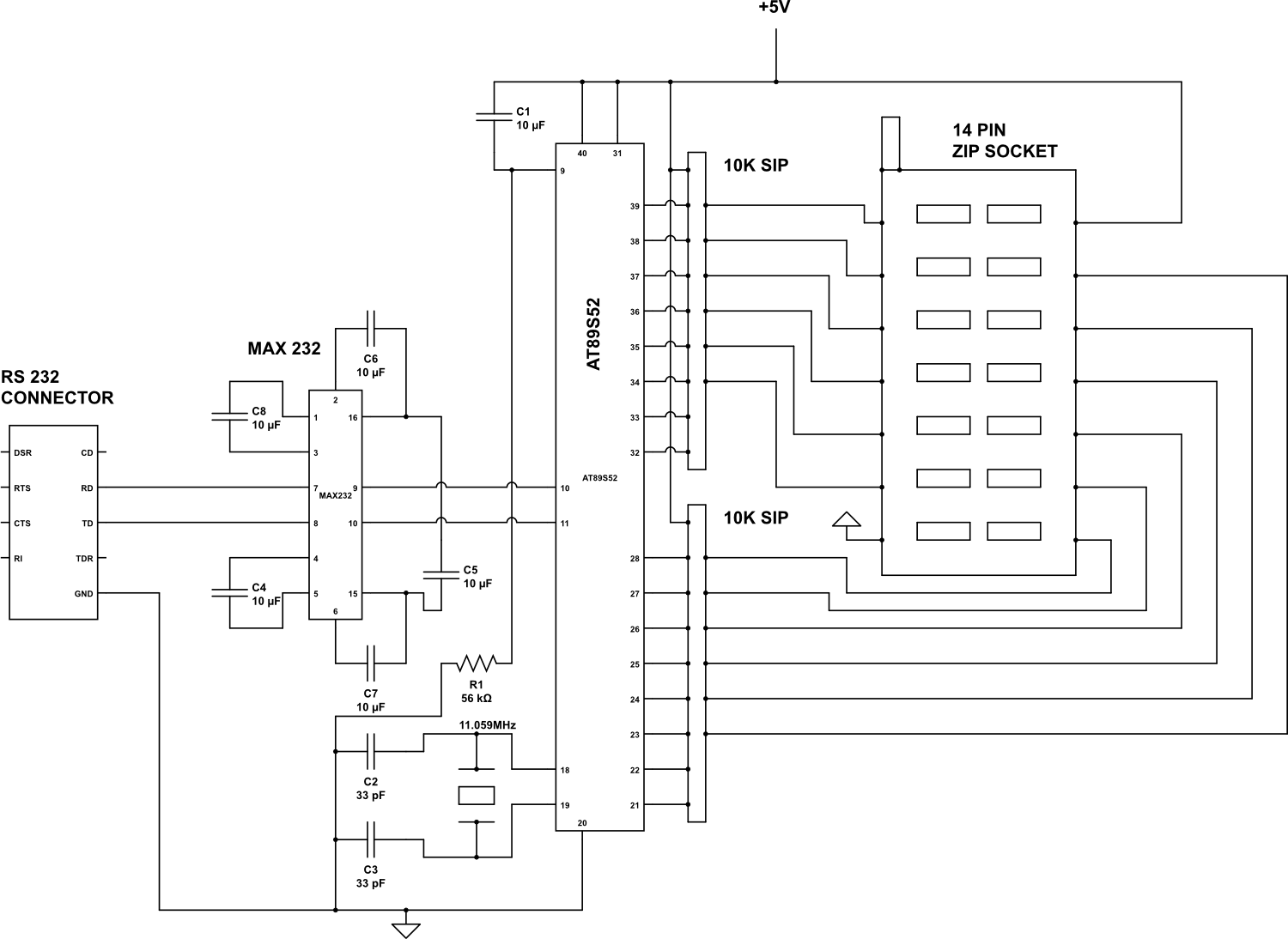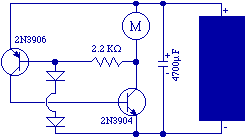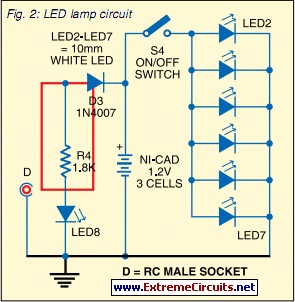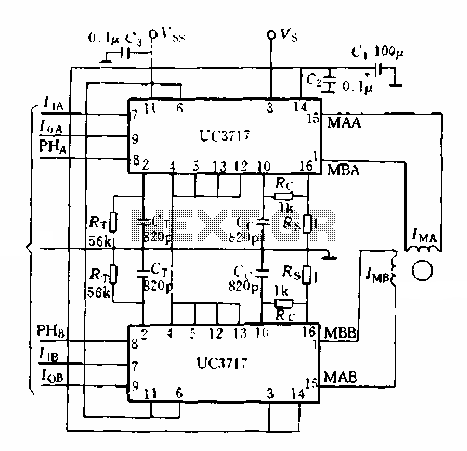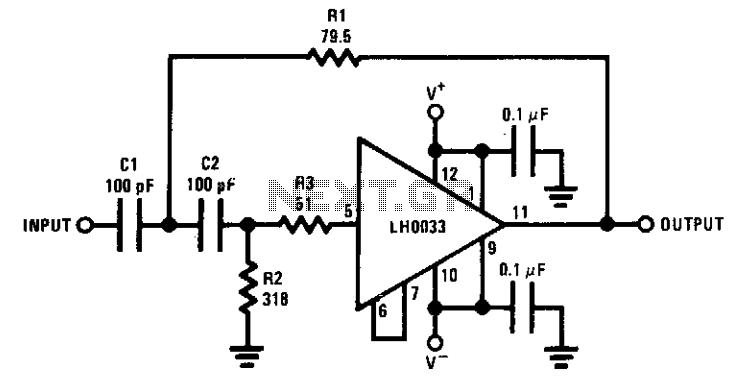
two cmos based 24 hour timers

A pair of multi-range timers capable of timing periods up to 24 hours and beyond. Both versions are fundamentally similar, with the primary distinction being that Version 1 energizes the relay when the time expires, while Version 2 de-energizes it. Version 1 operates with lower power consumption during the timing phase, whereas Version 2 is more energy-efficient once the timing has concluded. Selection should be based on the specific requirements of the application.
The multi-range timers are designed to provide versatile timing solutions for various applications, such as automation, control systems, and industrial processes. Each timer can be configured for different timing ranges, allowing users to set precise timing intervals according to their needs.
Version 1 operates by energizing a relay output upon completion of the set time period. This configuration is ideal for applications where an action needs to be triggered at the end of a timing cycle, such as activating a motor or turning on a light. The relay remains energized for the duration of the timing period, ensuring that the connected load receives power without interruption. This version is particularly suited for scenarios where the timing circuit must remain active, as it minimizes power consumption during operation.
In contrast, Version 2 is designed to de-energize the relay once the timer reaches the designated time limit. This approach is beneficial for applications where it is critical to cut off power to a device or circuit after a specified duration, such as in safety systems or energy-saving applications. By consuming less power after the timer has completed its cycle, this version enhances energy efficiency, making it an optimal choice for applications where prolonged power consumption is undesirable.
Both versions utilize a user-friendly interface for setting the desired timing intervals, often incorporating a digital display for easy readability. The timers may also feature adjustable settings for different timing modes, such as continuous, one-shot, or repeat cycles, providing flexibility for various operational requirements.
Overall, the choice between Version 1 and Version 2 should be made based on the specific needs of the application, considering factors such as power consumption, load requirements, and the desired relay action upon timer completion.A pair of multi-range timers offering periods of up to 24 hours and beyond. Both are essentially the same. The main difference is, that when the time runs out, Version 1 energizes the relay and Version 2 de-energizes it. The first uses less power while the timer is running; and the second uses less power after the timer stops.
Pick the one that best suits your application.. 🔗 External reference
The multi-range timers are designed to provide versatile timing solutions for various applications, such as automation, control systems, and industrial processes. Each timer can be configured for different timing ranges, allowing users to set precise timing intervals according to their needs.
Version 1 operates by energizing a relay output upon completion of the set time period. This configuration is ideal for applications where an action needs to be triggered at the end of a timing cycle, such as activating a motor or turning on a light. The relay remains energized for the duration of the timing period, ensuring that the connected load receives power without interruption. This version is particularly suited for scenarios where the timing circuit must remain active, as it minimizes power consumption during operation.
In contrast, Version 2 is designed to de-energize the relay once the timer reaches the designated time limit. This approach is beneficial for applications where it is critical to cut off power to a device or circuit after a specified duration, such as in safety systems or energy-saving applications. By consuming less power after the timer has completed its cycle, this version enhances energy efficiency, making it an optimal choice for applications where prolonged power consumption is undesirable.
Both versions utilize a user-friendly interface for setting the desired timing intervals, often incorporating a digital display for easy readability. The timers may also feature adjustable settings for different timing modes, such as continuous, one-shot, or repeat cycles, providing flexibility for various operational requirements.
Overall, the choice between Version 1 and Version 2 should be made based on the specific needs of the application, considering factors such as power consumption, load requirements, and the desired relay action upon timer completion.A pair of multi-range timers offering periods of up to 24 hours and beyond. Both are essentially the same. The main difference is, that when the time runs out, Version 1 energizes the relay and Version 2 de-energizes it. The first uses less power while the timer is running; and the second uses less power after the timer stops.
Pick the one that best suits your application.. 🔗 External reference
